Why are we doing this?
The why for our collaborative teaching model and flexible timetable is
wellbeing, engagement and achievement for both learners and teachers.
From day one this year, our Kūkupa and Kākā students (that's those in Years 4 - 8) met in awhi rōpū (groups) to take the roll and discuss ideas. Last week these students and teachers started to use our 2019 timetable. This timetable sees students working with different teachers for maths and literacy and allows students some choices in when they do some of the individual tasks that they've been assigned.
Over the last 4 years, we have deliberately moved away from the "single cell" model of school organisation that puts one teacher in a room with sometimes more than 30 children. While for some of us, that model of schooling was adequate, it never worked for everyone. We simply can't allow a system to exist that doesn't meet everybody's needs. The WHY of making changes to our school organisation is 100% about finding better ways to do things, so that every child is well served. Now in 2019 we are building on the things we've done before and refining many of the systems that we started to develop in previous years. As with any organisation we must continually seek to improve by making small changes, over time these changes or iterations help our students to achieve their best.
There are compelling arguments for student choice at all levels of the education system, and there have long been elements of choice in programmes at Ridgway. Developing the key competencies from the NZ curriculum, and values from our Ridgway curriculum are essential for the future focused education and of course this is not new for us either. Our timetable and organisation in 2019 is simply our latest iteration of how we work and will allow us to provide an environment that promotes the type of learning that will enable our children to be successful in their future.
More about our WHYs
Student engagement
What is awesome and exciting for one can be boredom and drudgery to the next. Somebody is likely to miss out when one teacher is expected to engage and inspire every child on their own. When 2 or more teachers are offering different choices to children, there is potential to provide the 'awesome' for more students so that all can be inspired to learn. Students who are interested in what they are learning achieve greater understanding and become more skilled. This enables them to achieve their best and is the reason why our teachers work together in teams and why students are not solely taught by one person.
Student achievement
We want all of our students to get the best deal ever. We know that 1 teacher alone can't possibly meet the wide variety of needs that 30 or more students that made up a traditional class bring. When several teachers work together their combined strengths and organisational flexibility allow them to structure learning activities that can meet the needs of every learner. This is why students in all year levels at Ridgway School are taught by 2 or more teachers. I also attribute our excellent achievement results, at least in part, to the way our teachers effectively work together and leverage off each other's strengths.
Student wellbeing
This is closely linked to engagement and achievement as unhappy children can't learn. More than ever before teachers are aware of the anxiety and emotional turmoil that some of our students struggle with. Unless we can help these students work through their thoughts and feelings, we know we won't be able to see them achieve their best. Relationships are at the heart of every successful school and our goal is to ensure that every student can have a strong and positive relationship with at least one, but ideally several, teachers as well as with other learners. Rejecting the single cell model of teaching has required us to think differently about how we build relationships with students, and they with each other. There are a number of ways we support the emotional needs of our children but in 2019 we've introduced awhi groups and weekly conference times with kaitiaki kaiako (teachers) to promote strong relational bonds.
Teacher Wellbeing
The workloads that teachers have sustained over many years have led to a crisis in our profession. As these are not being addressed with appropriate government funding, we need to seek ways of working together that support teachers to manage the complexities and sheer volume of tasks to be done. This is not a solution to the problem, but simply how we are trying to support each other. We hope that working to our strengths and being selective about what we do will at least go some way to help us manage. An example of how we will do this in Whānau Kūkupa is that Martin Anscombe will teach maths but not literacy, while Daniel Crow and Libby Hainsworth will teach literacy but not maths. This means that they each have one less curriculum area to plan for, which should make some difference to their workload.
What we do, works. That's why we do it.
This week I'll be presenting our 2018 Achievement Report to the board. This report clearly shows that our children are learning and achieving excellent results. This has not happened by chance but is the combined outcome of working effectively in partnership with parents, quality teaching from expert practitioners, and strong school systems that support learning. Those strong school systems include the way that teachers work together and our 2019 iterations will make Ridgway School even better.




Find us on Facebook
Copyright 2020 Ridgway School | Contact Us | Designed by Expert and Powered by MoST
Playground design by Mark Newdick, Photography by Andy Spain